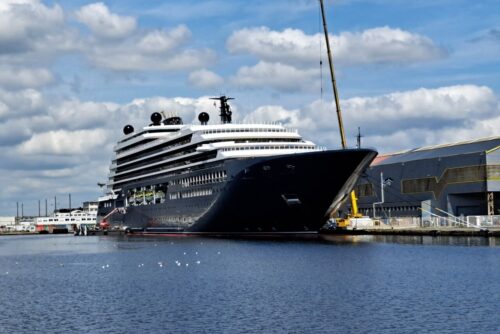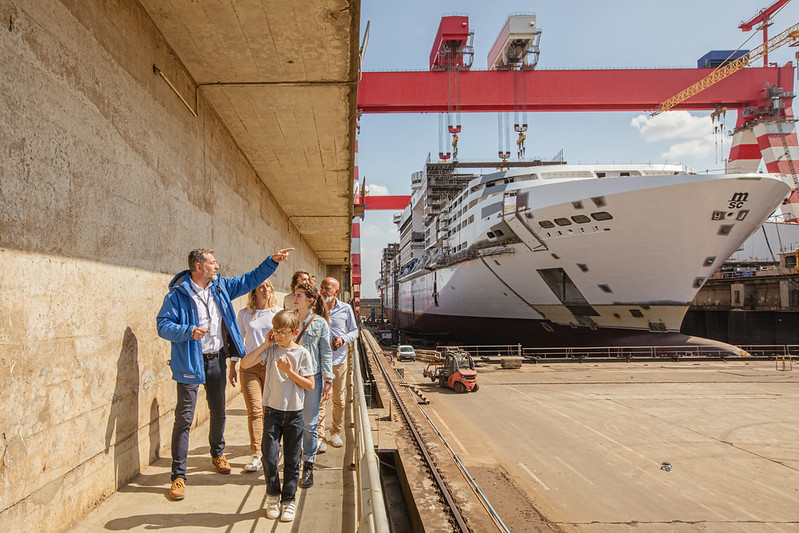
Maritime safety: lessons from incidents
In the complex and dynamic environment of maritime operations, the safety of vessels and their crews is paramount. Unfortunately, the history of maritime endeavors is riddled with incidents that have resulted in loss of life, environmental disasters, and significant economic impacts. By examining these incidents, we can glean valuable lessons that can be applied to enhance Maritime safety: lessons from incidents vessel safety and overall maritime operations.
Understanding Maritime Safety
Maritime safety encompasses the measures, protocols, and technologies that ensure the safe transportation of goods and people over water. It involves the regulation of operations, the maintenance of vessels, and the training of crew members to prevent accidents and incidents. Despite advancements in technology and increased regulation, maritime incidents continue to occur, highlighting the need for continuous improvement in safety practices.
Lessons from Notable Maritime Incidents
The Titanic Disaster
The sinking of the RMS Titanic in 1912 remains one of the most infamous maritime disasters in history. The tragedy was exacerbated by inadequate lifeboat capacity and a failure to heed iceberg warnings. This incident emphasized the importance of stringent safety regulations regarding lifeboat requirements and highlighted the need for improved navigation technologies. The Titanic’s legacy led to the establishment of the International Ice Patrol and stricter safety protocols in the maritime industry.

The Exxon Valdez Oil Spill
In 1989, the Exxon Valdez oil tanker ran aground off the coast of Alaska, resulting in one of the largest environmental disasters in history. The spill had devastating effects on local wildlife and ecosystems and showcased the need for enhanced safety measures regarding oil transport. This incident prompted reforms, including the Oil Pollution Act of 1990, which aimed to improve response planning and increase vessel safety oversight in the oil industry.
The Costa Concordia Disaster
The Costa Concordia cruise ship ran aground off the coast of Italy in 2012, leading to the deaths of 32 passengers and crew members. Investigations revealed that the captain’s reckless behavior and deficiencies in emergency response contributed to the incident. This tragedy reinforced the necessity of rigorous training for crew members in emergency protocols and a strict adherence to navigation laws. It also led to increased scrutiny of cruise ship safety standards and regulations.
Technological Innovations in Maritime Safety
Advancements in technology have significantly impacted maritime safety. Modern vessels are equipped with sophisticated navigation systems, including GPS, radar, and Automatic Identification Systems (AIS), which enhance situational awareness and collision avoidance. Innovations in ship design, such as double-hulled tankers and improved stability systems, have also contributed to safer operations at sea. Additionally, real-time monitoring systems allow for the quick identification of issues, enabling timely interventions before they escalate into accidents.
Training and Simulation

Effective training and simulation are critical components of maritime safety. The use of simulators allows crew members to practice emergency scenarios in a controlled environment, promoting preparedness and effective response to potential incidents. Regular drills and assessments help reinforce safety protocols, ensuring that all crew members understand their roles and responsibilities during emergencies. Continuous professional development and education in maritime safety practices are essential for maintaining high standards within the industry.
The Role of Regulations and Compliance
Regulatory bodies play a crucial role in overseeing maritime safety. Organizations such as the International Maritime Organization (IMO) establish guidelines and codes that govern vessel operations globally. Compliance with international standards is vital in ensuring that safety measures are adhered to, and non-compliance can lead to severe penalties and increased risk of incidents. Furthermore, fostering a culture of safety within organizations, where employees are encouraged to prioritize safety over profits, is essential for reducing risks at sea.
The Future of Maritime Safety
As the maritime industry continues to evolve, so too must our approach to safety. The integration of autonomous vessels, drones for inspection, and artificial intelligence in navigation will change the landscape of maritime operations. While these technologies promise to enhance safety and efficiency, they also raise new challenges and concerns regarding regulation and human oversight. Ongoing dialogue and collaboration between industry stakeholders, regulatory bodies, and technology developers will be critical in shaping the future of maritime safety.
Conclusion
Maritime safety is an ever-evolving field that requires constant vigilance, adaptation, and learning from past incidents. By analyzing historical maritime disasters, embracing technological advancements, and prioritizing training and regulations, we can work towards a safer maritime environment. The lessons learned from incidents serve not only as reminders of our vulnerabilities but also as a testament to our commitment to ensuring the safety of those who venture into the world’s oceans.
In conclusion, the commitment to rigorous safety protocols, continuous training, and investigative analysis of incidents is vital in preventing future tragedies at sea. The maritime industry must remain dedicated to fostering a culture of safety, ensuring that lessons from the past continue to guide our efforts towards a safer maritime future.